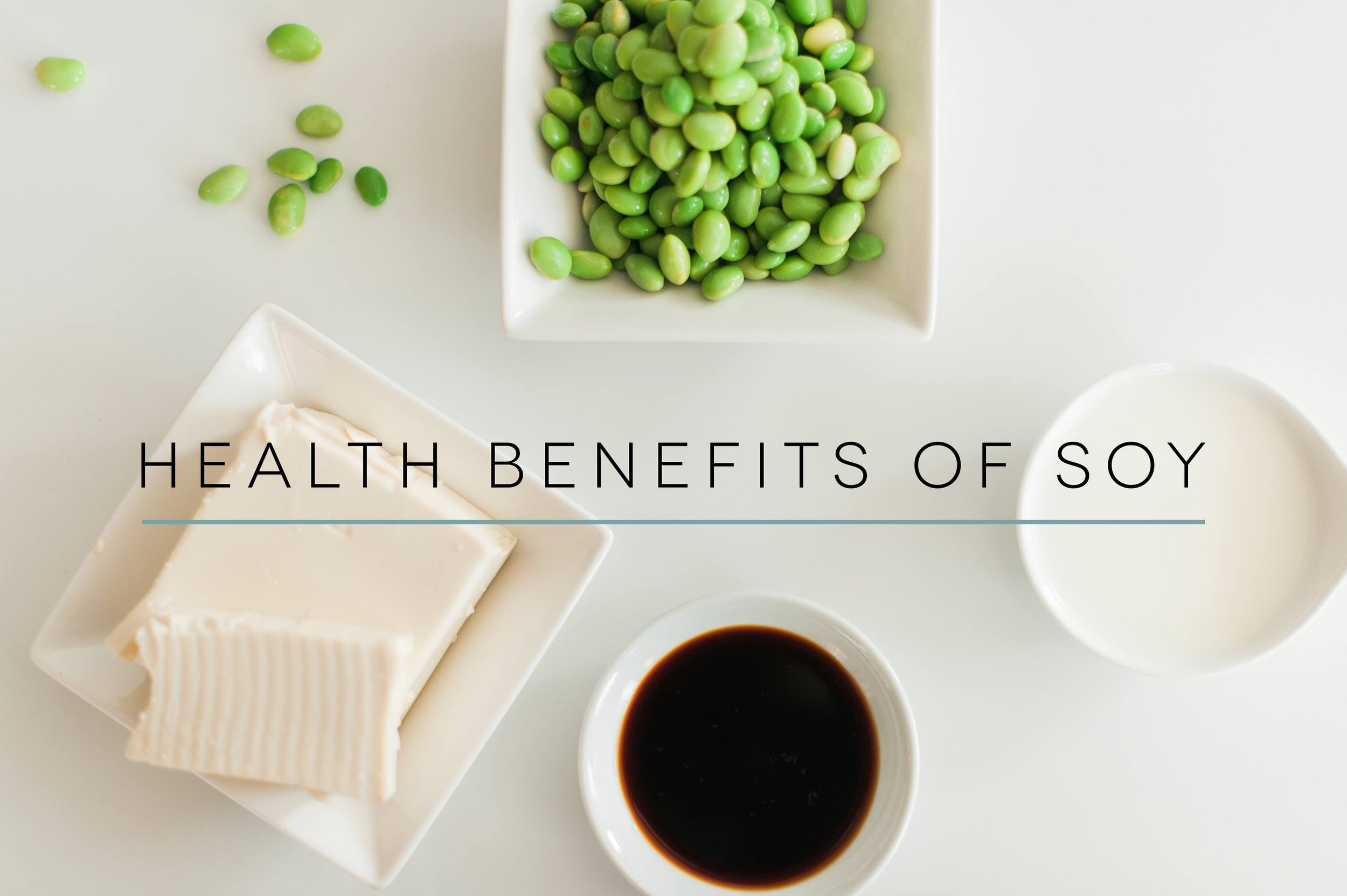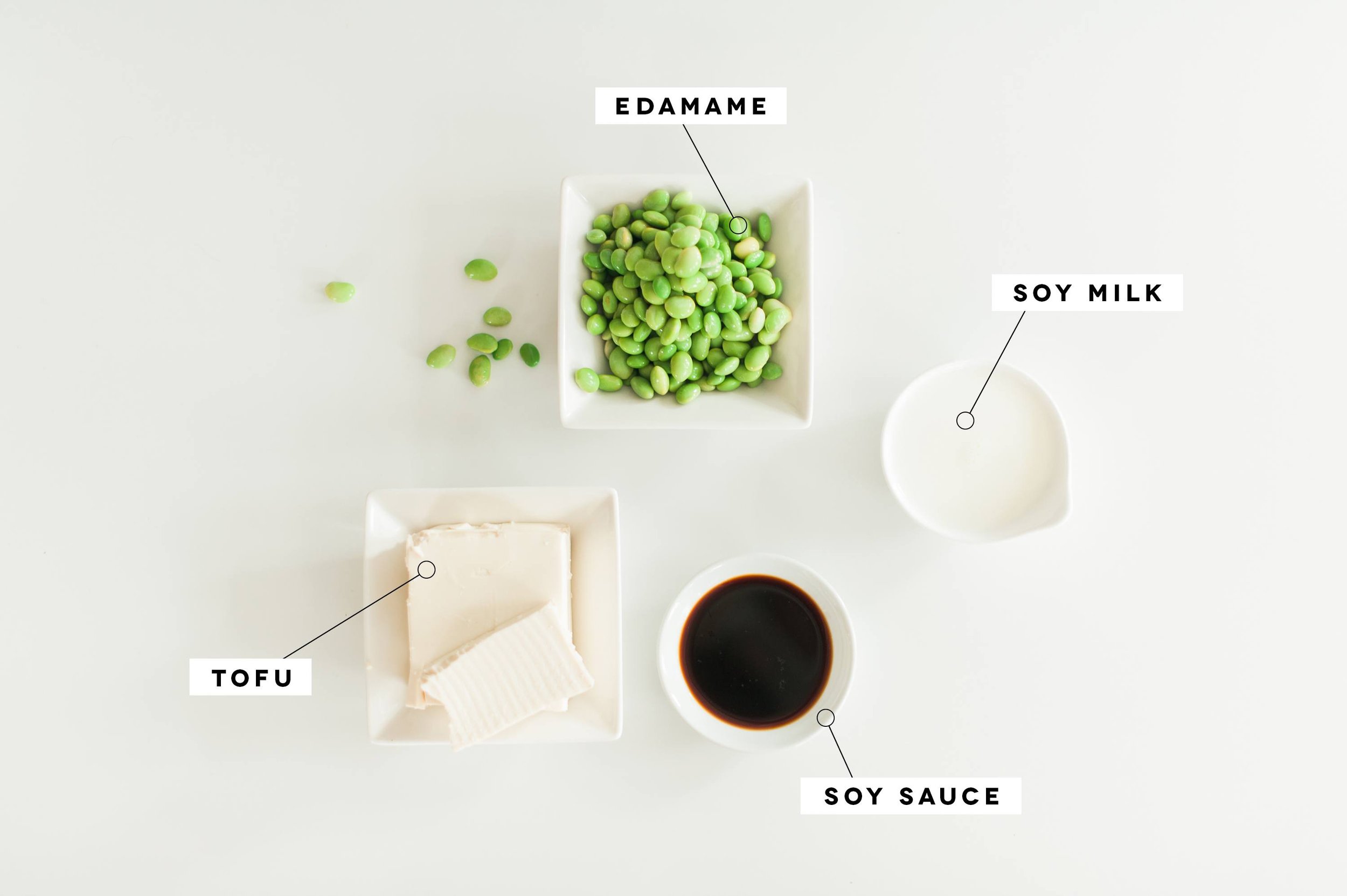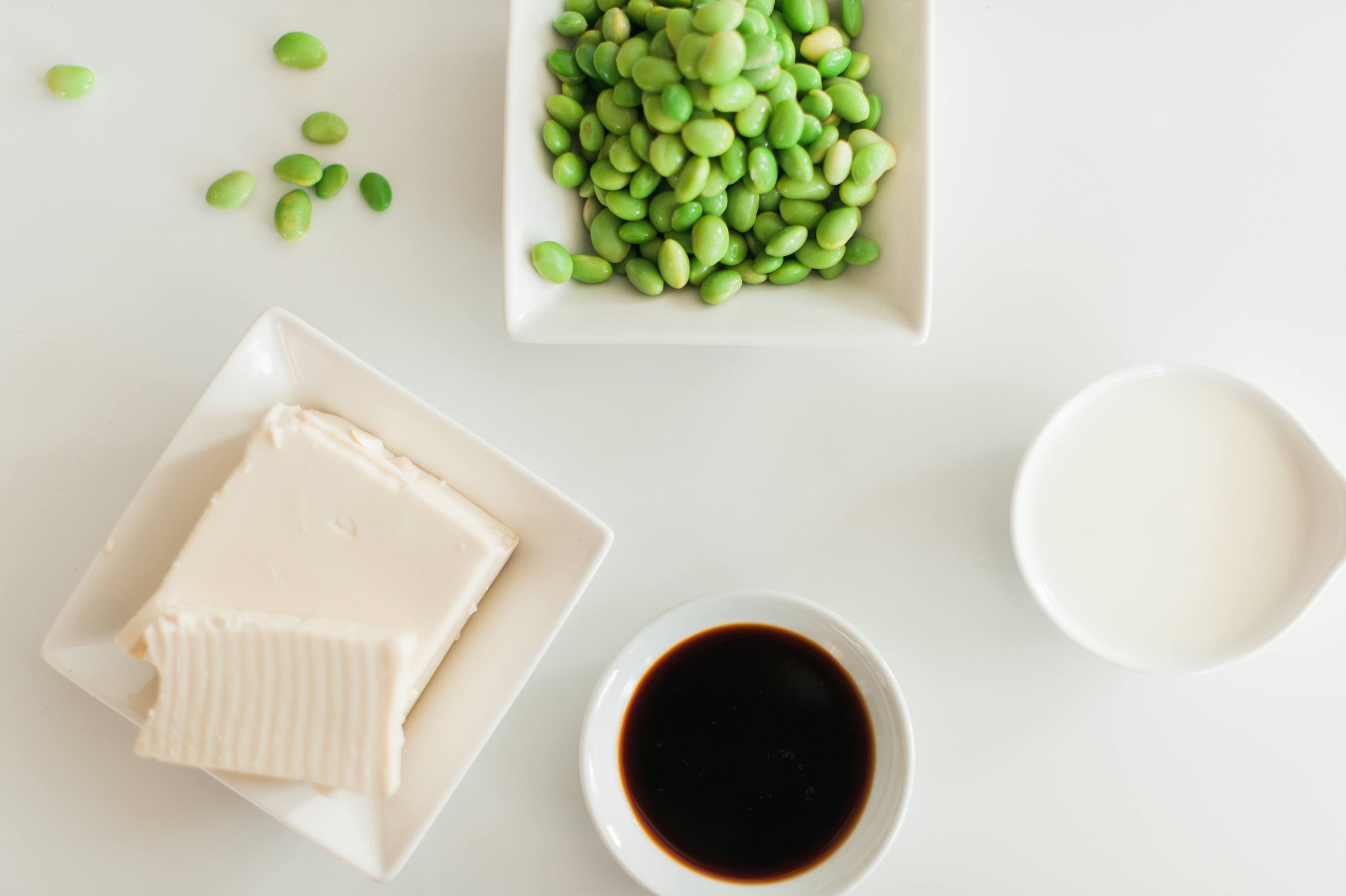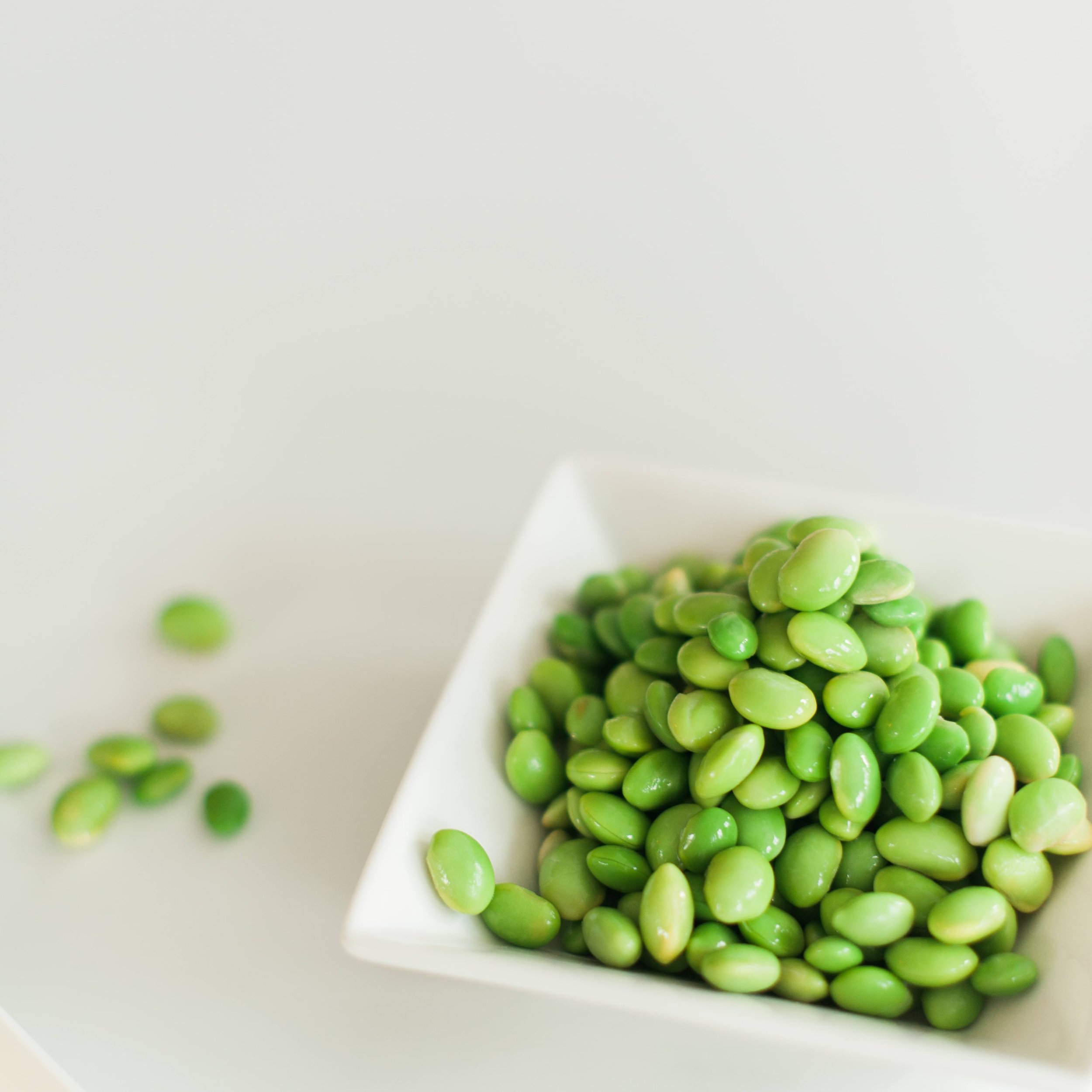Uncovering the Health Benefits of Soy
South Dakota farmers are among the nation’s best at growing soybeans.
The bulk of the soybeans grown here are feed grade, which means they are used to make feed for chickens, turkeys, pigs, cows and even fish. The oil from those soybeans is used for many different things, from biodiesel and insulation to salad dressings and vegetable oil.
The remaining small percentage of soybeans grown in South Dakota are grown specifically for us to eat. To find out more about soyfoods and their health benefits, we caught up with Teresa Blauwet, a registered dietitian at Hy-Vee in Sioux Falls.
“Soy protein is full of vitamins, minerals, protein, fiber and phytochemicals,” said Teresa.
Soy contains isoflavones and is a plant-based source for ALA omega-3 fatty acids. Products like tofu, miso, soy milk, soy nuts and edamame all come from soy.
Soybean oil is also a primary ingredient in many salad dressings, mayonnaise, margarine and cooking oils. In fact, that vegetable oil in your pantry is probably 100 percent soybean oil. Just check the back of the bottle. You can find it as an ingredient in a wide variety of products, including granola bars, crackers, peanut butter and cake mixes.
According to The Soyfoods Council, soybean oil is the most widely produced vegetable oil in the United States. In 2014, more than 20.6 billion pounds were produced with 1.9 billion pounds exported to more than 50 countries. It is also the most commonly consumed oil in American diets, accounting for more than half of all U.S. vegetable oil consumption.
Liquid soybean oil contains no trans fats and is high in poly- and monounsaturated fats. It’s also the principal source of omega-3 fatty acids in the U.S. diet and the primary commercial source of vitamin E as well. When polyunsaturated fat replaces saturated fat in the diet, risk of coronary heart disease is markedly reduced. Polyunsaturated fat also helps to control blood sugar levels.
“Soy is readily available in grocery stores. As with all foods, there are soyfoods that can be very good for us and foods containing soy that are highly processed and high in sodium and/or fat. As with all foods, we lose the nutritional benefits the more we process them,” Teresa said.
Beyond providing needed daily nutrition, soy protein has been shown to help the body keep some more serious afflictions at bay. In fact, in 1999 the Food and Drug Administration approved a health claim for soy protein that states, “25 grams of soy protein a day, as part of a diet low in saturated fat and cholesterol, may reduce the risk of heart disease.”
“Soy that is minimally processed has major health benefits and has been linked to increased heart health. It may even reduce hot flashes for women in menopause,” Teresa said. “The phytoestrogens in soy have been shown to reduce insulin resistance (improve blood sugars), blood pressure and inflammation.”
“The current research on soy shows it is safe for consumption for those who are at risk for, or survivors of, breast cancer. There are some studies that have shown that soy may decrease the risk of breast cancer and recurrence. However, there is inconclusive information on supplemental soy products, so it should not be recommended in supplemental form until research is stronger.”
Teresa says the elderly can also benefit from more soy in their diets because soyfoods can deliver some of the protein older adults need. She says soy is a lean, complete protein option containing all nine essential amino acids.
Want to learn more about how to incorporate soy into your diet? The Soyfoods Council and SoyConnection.com are good places to start. The sites contain information, research, plus dozens of tasty ways to add nutritious soyfoods to your diet.
What’s your favorite way to eat soy? Let us know in the comments.






